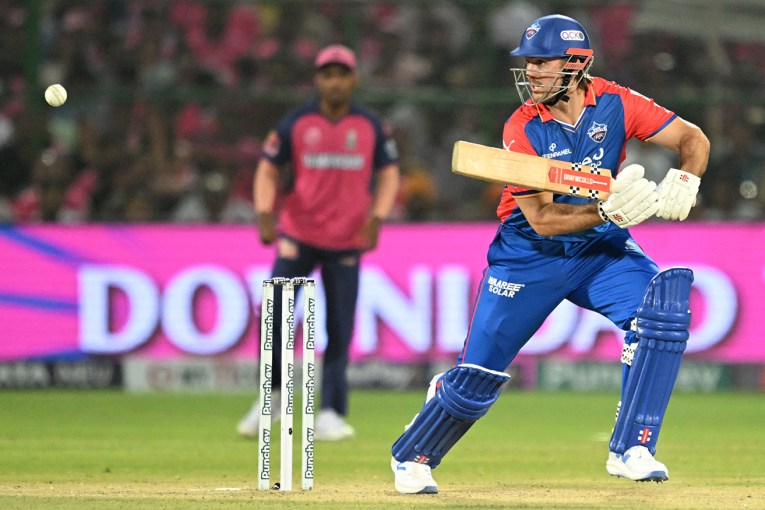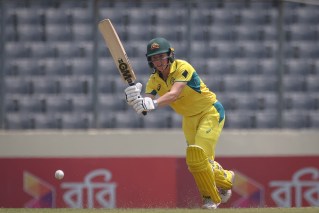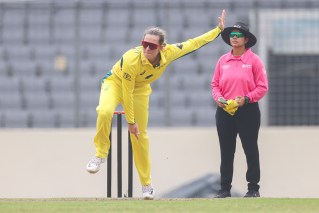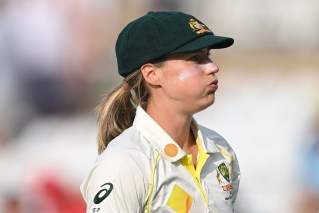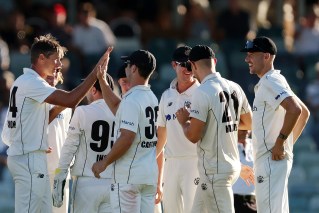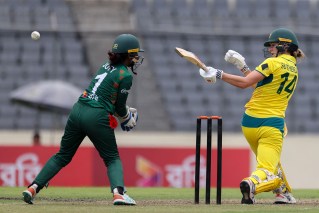Can the World Cup help the ODI regain relevance?

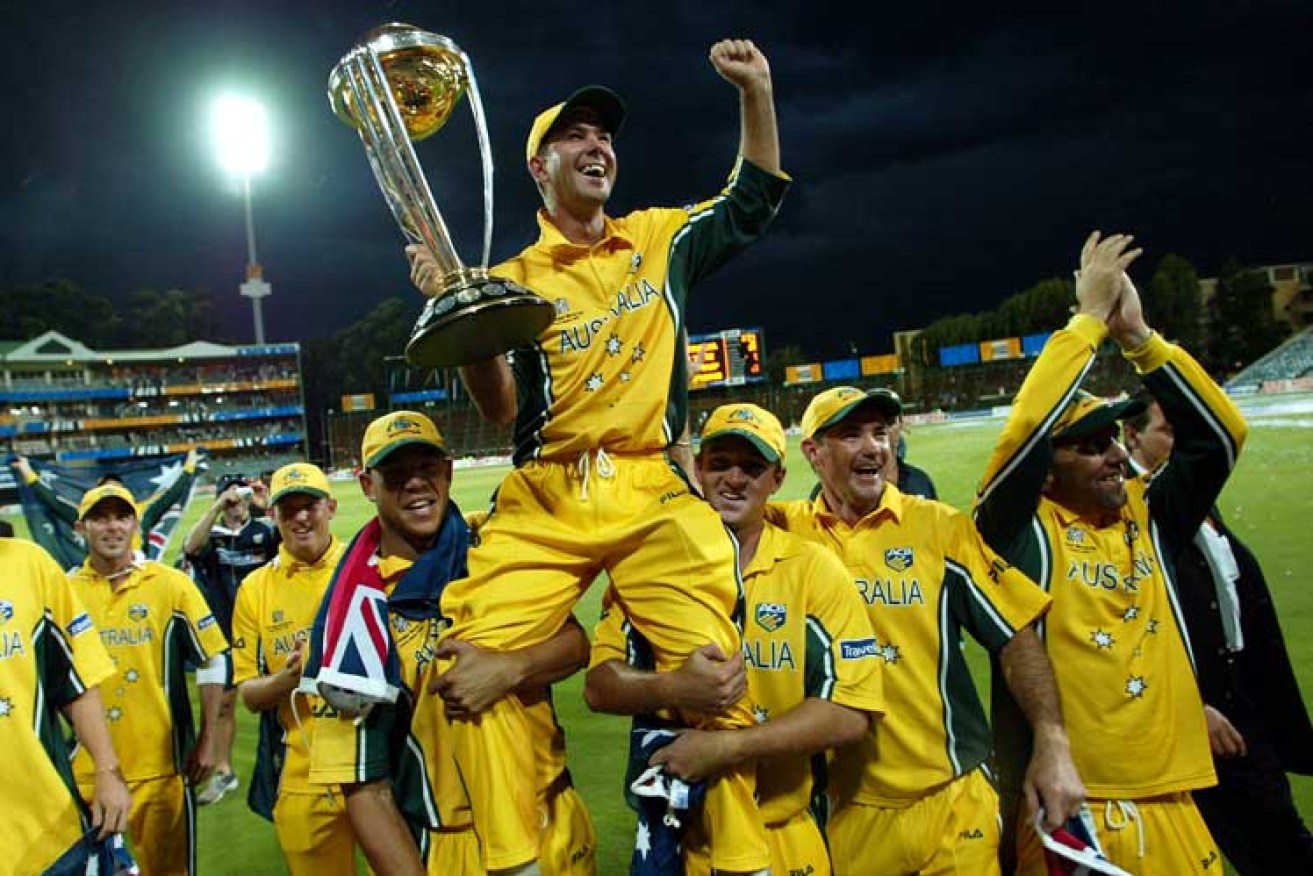
Australia celebrates winning the 2003 World Cup final against India. Photo: Getty
Fifty-over cricket was my first point of contact with the summer game.
In the mid-90s the crash-and-bash of leather on willow in the dying overs of a match provided all the excitement necessary to pique the interest of my still-developing sporting palate.
Fast forward 20 years and one-day cricket is bland, lacking relevance, even – dare I say it – boring.
• Ishant knee injury rules him out of World Cup
• Countdown: the 40 greatest World Cup moments
• Cheap and nasty: why the BBL is junk food for sports fans
Not steeped in tradition like its older sibling the Test match, and gazumped for thrill-a-minute bravado by the young upstart Twenty20, the one-dayer has become lost somewhere in the middle.
It is said that being the middle child can be an affliction of sorts, and causes one to suffer a sense of inadequacy and lack of relevance.
So it seems one-day cricket is suffering from such a malaise.
With the cricket world cooing over its newest bub Twenty20, interest in one-day cricket has steadily waned over the past five years.

Australia celebrates winning the 2003 World Cup final against India. Photo: Getty
Like any sufferer of Middle Child Syndrome, it has attempted to regain its relevance by providing a point of difference from its siblings.
Split-innings matches, super-subs and power plays have all been trialled, with varying degrees of success.
None have provided the impetus necessary to catapult this once-popular format back into the forefront of our sporting consciousness, and so cricket’s middle child has continued to flounder.
Just as a middle child might get a new body piercing or dye their hair some outlandish colour in order to attract attention, I wonder whether further oddball innovations may be trialled by the game’s administrators in the future in attempting to restore the relevance of cricket’s middle child.

Fire at The Furnace: T20 cricket is seductive for younger fans. Photo: Getty
The introduction of a fourth stump for bowlers to aim at? Every odd-numbered delivery to be bowled with the bowler’s non-preferred hand?
There is a risk that in attempting to keep 50-over cricket relevant, future trials and rule changes will become increasingly absurd as administrators attempt to overcome this malady.
The question of how long one-day cricket can remain is inescapable.
Test cricket remains the preferred format for the game’s traditionalists and dyed-in-the-wool supporters, guaranteeing its future.
Likewise, Twenty20 cricket has become the gateway drug to the longer formats of the game, as the fireworks on and off the field have allowed it to tap into new demographic groups that cricket would otherwise not have ready access to.
It has been noted that three formats of the same sport will be difficult to maintain, and one-day cricket appears the obvious choice if one is to be lost.
Whether the ODI can overcome its middle child status and prove its doubters wrong remains unknown.
Abraham Lincoln, Bill Gates and David Letterman were all middle children who rose to greatness and captured the public’s imagination and attention.
Whether the 50-over format can replicate their feats and rise to prominence once more remains to be seen.
But it is conceivable that this World Cup may be the last hurrah for the showpiece event of cricket’s middle child.
